NASA Probe Discovers Wonderful Surprise With Asteroid
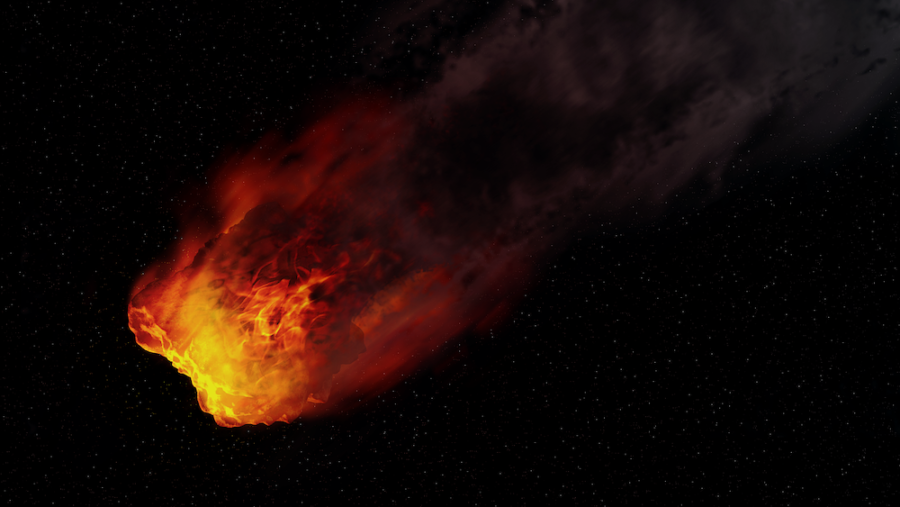
NASA’s asteroid probe Lucy just found something pretty interesting. The probe was completing a flyby of its target, the Asteroid Dinkinesh, and it happened upon the discovery that the Dinkinesh wasn’t flying solo. Instead, it has a tiny asteroid moon in its orbit, making it a rare binary asteroid (via Science Alert).
Nasa Searched For More Binary Asteroids
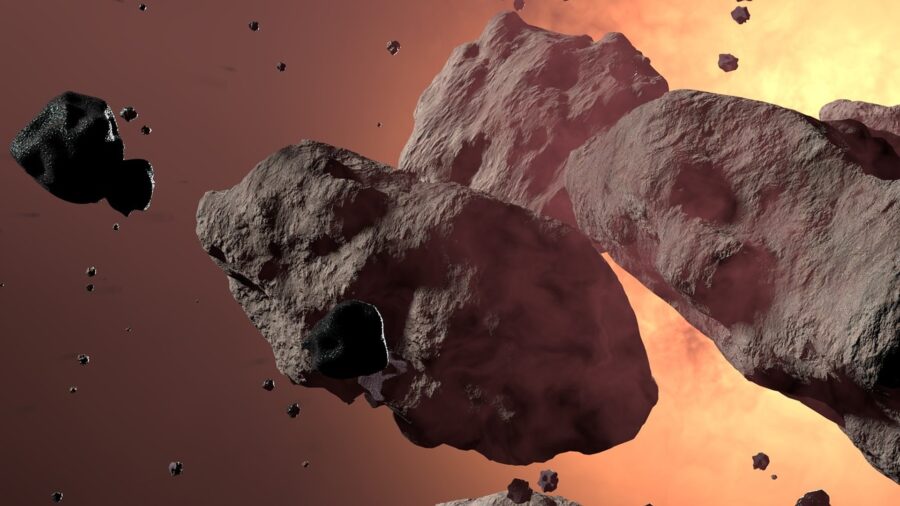
NASA’s discovery of Dinkinesh being a binary asteroid is pretty exciting since it could mean there are a lot more of these celestial buddy systems out there than we previously assumed. Dinkinesh and its tiny satellite are nestled in the main belt between Mars and Jupiter, and now scientists are excited to see if more binary companions can be found. The research into these cosmic rocks can provide us valuable insight into how the solar system grows and interacts.
NASA noticed that the asteroid’s brightness kept fluctuating when Lucy was approaching. This was because the moonlet was essentially messing with the overall amount of light that they expected the asteroid to reflect since they didn’t expect there to be an additional object in Dinkinesh’s orbit. Of course, once Lucy was close enough to get a visual, everything made more sense.
The Space Rock Measures A Whopping 2,600 Feet
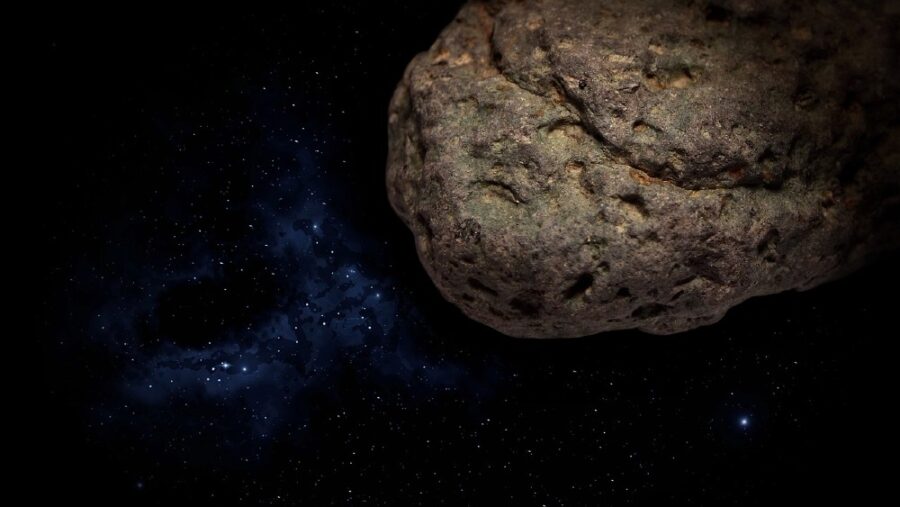
When NASA’s Lucy probe got close to the asteroid, it found that the larger rock measured around 2,600 feet at its widest point while the little moonlet was around 720 feet. Lucy flew by at an astounding 10,000 miles per hour to make the observation. Keith Noll, a planetary astronomer at NASA’s Goddard Space Flight Center, pointed out that the two rocks bear some resemblance to the near-earth binary pair Didymos and Dimorphos but that they’ll be investigating some key differences between the two binaries.
Lucy Explores The Cosmos
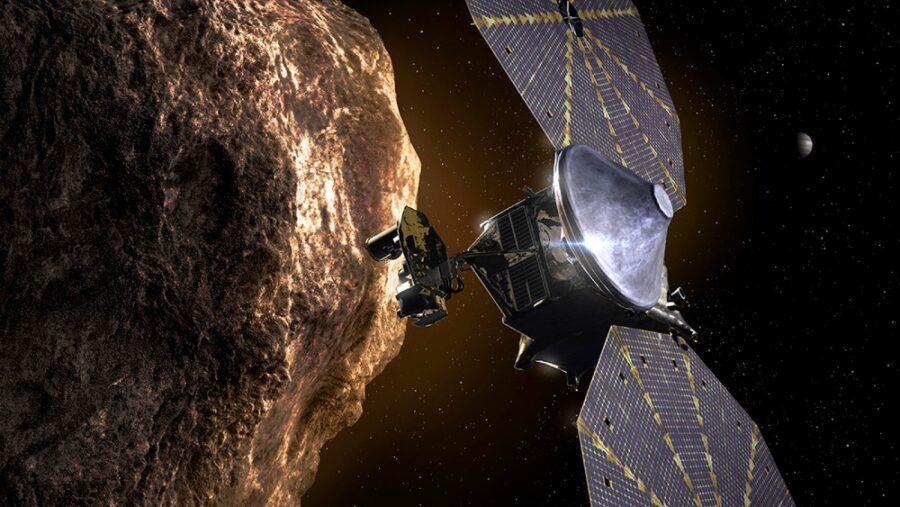
NASA’s Lucy probe has a long way to go before it finishes its research journey. Since Dinkinesh, and asteroids like it, are well-preserved rocks made from the same materials that formed the early planets, they make valuable research subjects. Lucy’s 12-year mission has it on course to visit the two main asteroid belts and nine Trojans before it is done.
Lucy Could Unravel Mysteries Of Other Planets
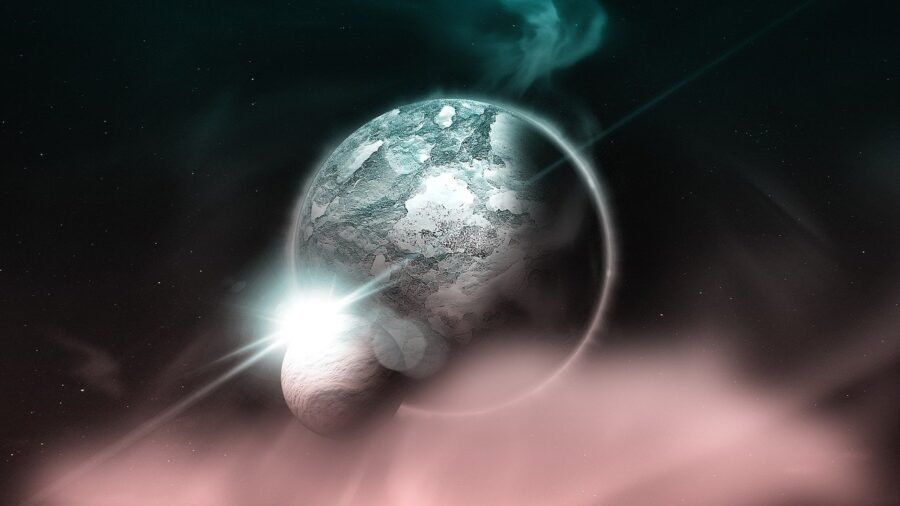
There’s even the theory that some of our rocky inner planets are from smaller rocks coming together. If NASA can find more and more celestial groups, like the binary and trinary asteroids, it could reveal the answers to some of the mysteries about our solar system. For now, the team still has a lot of data to extract and analyze from Lucy’s recent flyby with Dinkinesh, so hopefully, we’ll learn more about these binary rocks soon.
Simone Marchi, a planetary scientist at the Southwest Research Institute (SwRI), said about NASA’s discovery: “Dinkinesh, and its enigmatic moonlet, differ in some interesting ways from the similarly sized near-Earth asteroids that have been seen by spacecraft like OSIRIS-REx and DART.” While binary, trinary, and even quaternary asteroids have been found in our solar system, we don’t have a true understanding of how many of these are out there. It’ll be interesting to see if Lucy can discover some more of these on its journey.
Where Lucy’s Headed Next
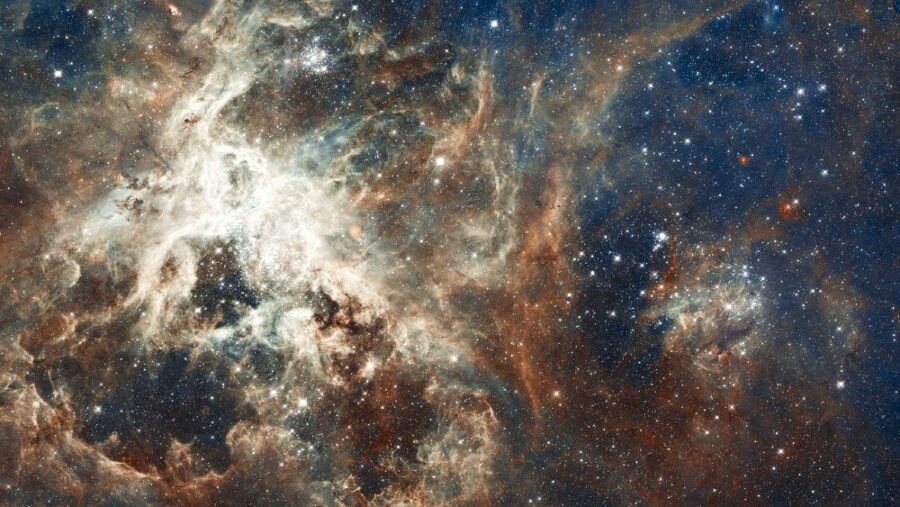
In the meantime, Lucy is on its way to its second main belt encounter, where it’ll rendezvous with the asteroid Donaldjohanson in 2025. It’s a pretty cool journey to follow, and who knows what other cosmic surprises Lucy might unveil along the way? For now, we’ll just have to wait and see.










